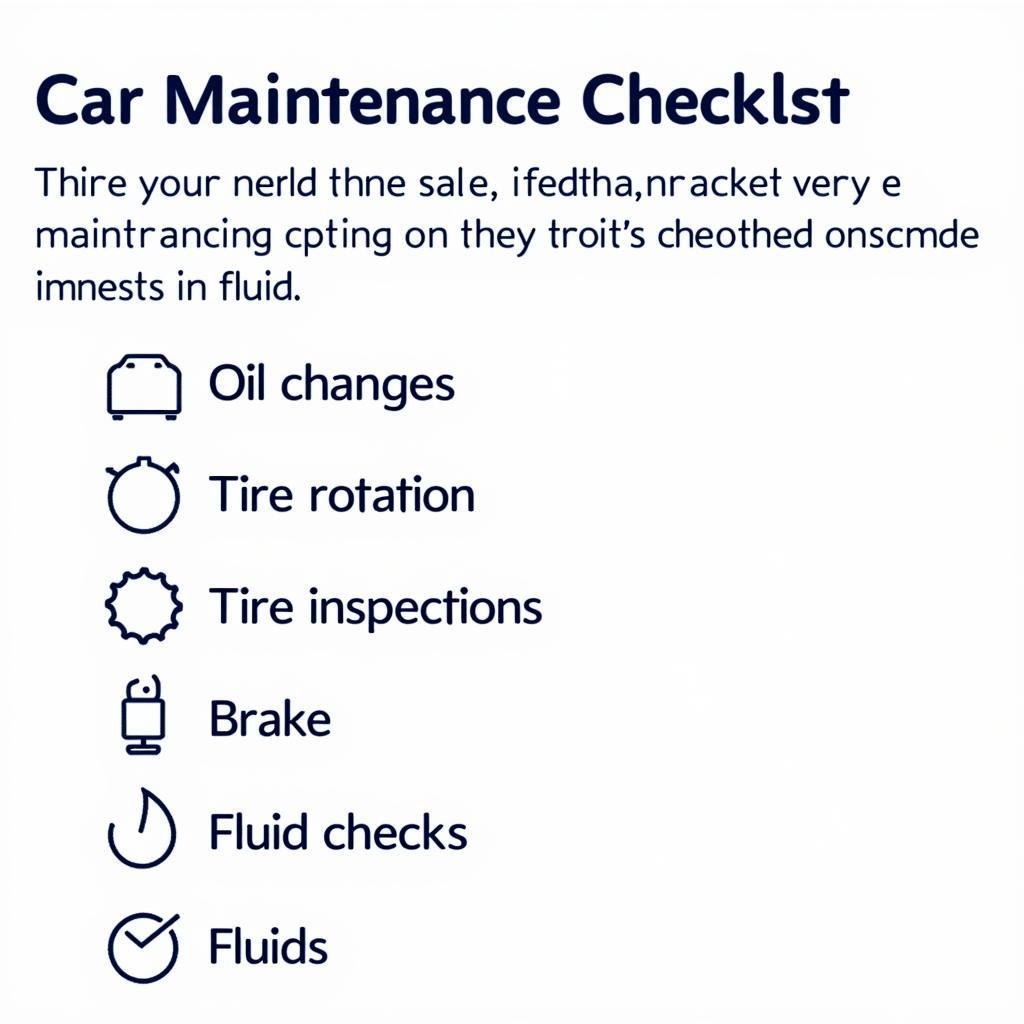Car Carburetor Overflow Problems can be a real headache, leading to poor engine performance, fuel waste, and even fire hazards. Understanding the causes and solutions to this issue is crucial for any car owner, mechanic, or automotive enthusiast. This article will delve into the intricacies of carburetor overflow, providing you with the knowledge and tools to diagnose and fix these problems effectively.
vintage car carburetor problems
What Causes Car Carburetor Overflow?
A carburetor is responsible for mixing the right amount of fuel and air for your engine’s combustion. When it overflows, it means fuel is leaking out, usually from the main nozzle or the overflow tube. Several factors can contribute to this issue.
-
Stuck Float: The float, a small buoyant component inside the carburetor, regulates the fuel level. If it gets stuck or punctured, it can’t control the flow, leading to overflow.
-
Clogged Needle Valve and Seat: The needle valve and seat work with the float to shut off the fuel supply when the carburetor bowl is full. If debris clogs this mechanism, fuel will continue to flow, causing overflow.
-
Damaged Float Bowl Gasket: The float bowl gasket seals the carburetor bowl, preventing leaks. A worn or damaged gasket can compromise this seal, resulting in fuel overflow.
-
Fuel Pump Problems: Excessive fuel pressure from a malfunctioning fuel pump can overwhelm the carburetor, leading to overflow.
Diagnosing Car Carburetor Overflow Problems
Identifying the root cause of the overflow is the first step towards a solution. Here’s a systematic approach:
-
Visual Inspection: Check for obvious signs of leakage around the carburetor, particularly from the overflow tube or main nozzle.
-
Check the Float: Remove the carburetor top and inspect the float. Look for signs of damage, such as punctures or dents. Gently press the float down; it should move freely and return to its original position.
-
Inspect the Needle Valve and Seat: Check for debris or wear on the needle valve and seat. A magnifying glass can be helpful.
-
Examine the Float Bowl Gasket: Carefully remove the float bowl and inspect the gasket for cracks, tears, or other damage.
Fixing Car Carburetor Overflow Problems
Once you’ve identified the problem, you can take the appropriate steps to fix it.
-
Repairing or Replacing the Float: A damaged float should be replaced. If it’s simply stuck, try gently freeing it.
-
Cleaning or Replacing the Needle Valve and Seat: Clean any debris from the needle valve and seat using carburetor cleaner and compressed air. If they are worn, replace them.
-
Replacing the Float Bowl Gasket: Always replace a damaged float bowl gasket with a new one.
-
Addressing Fuel Pump Issues: If the fuel pump is the culprit, have it inspected and repaired or replaced by a qualified mechanic.
Can a Clogged Air Filter Cause Carburetor Overflow?
While a clogged air filter won’t directly cause carburetor overflow, it can lead to a rich fuel mixture, which may exacerbate underlying overflow issues. Keeping your air filter clean is essential for optimal carburetor function and overall engine health.
Why is my Carburetor Overflowing When the Engine is Off?
A carburetor overflowing when the engine is off often indicates a problem with the float or needle valve and seat. The float may be stuck, or the needle valve may not be seating properly, allowing fuel to continuously flow into the carburetor bowl.
“A little preventive maintenance can go a long way in preventing carburetor overflow problems. Regularly checking and cleaning your carburetor can save you a lot of headaches down the road.” – John Smith, Automotive Engineer at Autotippro
Conclusion
Car carburetor overflow problems can be frustrating, but by understanding the underlying causes and following the diagnostic and repair steps outlined in this article, you can effectively address these issues. Remember, a well-maintained carburetor is crucial for optimal engine performance and fuel efficiency. For further assistance or expert advice, contact Autotippro at +1 (641) 206-8880 or visit our office at 500 N St Mary’s St, San Antonio, TX 78205, United States.
“Don’t underestimate the importance of a properly functioning carburetor. It’s the heart of your engine’s fuel system.” – Maria Garcia, Senior Mechanic at AutoTipPro.
FAQ
-
How often should I clean my carburetor? It’s generally recommended to clean your carburetor every 12,000-15,000 miles, or more frequently if you experience performance issues.
-
What type of carburetor cleaner should I use? Use a high-quality carburetor cleaner specifically designed for automotive use.
-
Can I fix a carburetor overflow myself? Many carburetor overflow problems can be fixed with basic mechanical skills. However, if you’re uncomfortable working on your car’s fuel system, it’s best to consult a professional.
-
What are the signs of a bad carburetor float? Signs of a bad float include a punctured or dented float, a float that doesn’t move freely, or fuel overflowing from the carburetor.
-
Is it dangerous to drive with a carburetor overflow problem? Yes, driving with a carburetor overflow can be dangerous due to the risk of fire. It can also damage your engine and waste fuel.
-
How much does it cost to replace a carburetor? The cost of replacing a carburetor varies depending on the make and model of your car. It can range from a few hundred dollars to over a thousand.
-
How do I prevent car carburetor overflow problems? Regular maintenance, including cleaning the carburetor and replacing worn parts, is the best way to prevent overflow problems.





Leave a Reply